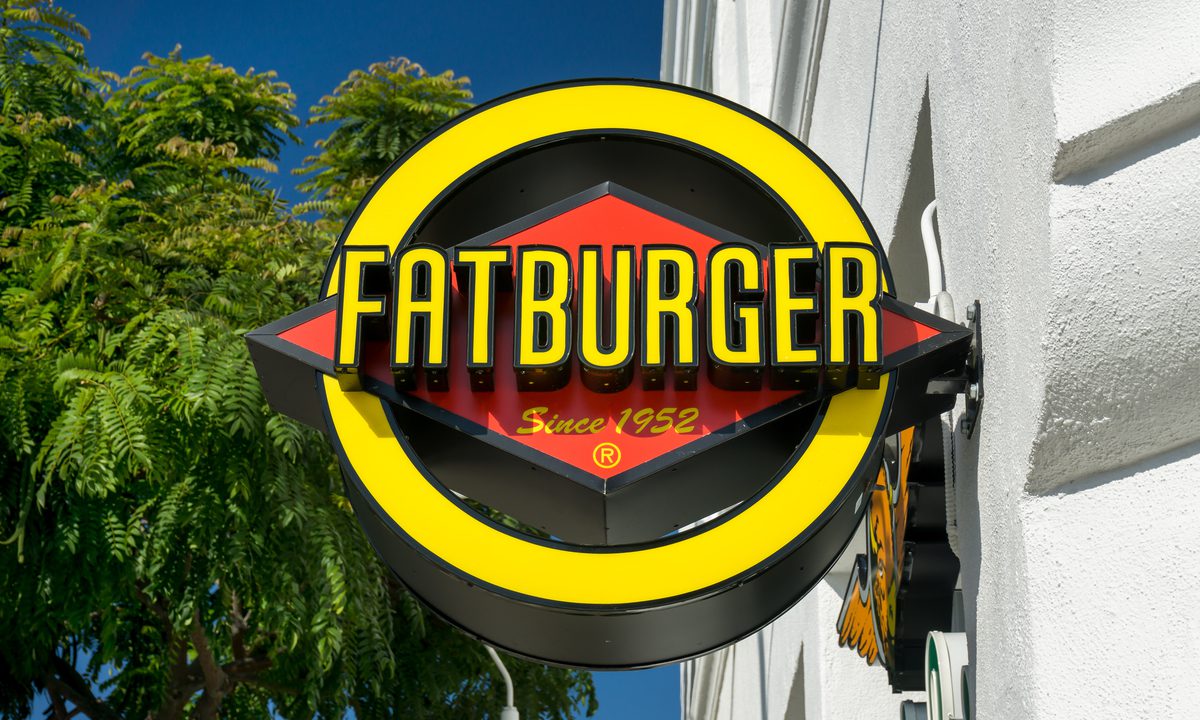FAT Brands Brings 70 Virtual Locations to the Middle East as Ghost Kitchen Expansion Trend Goes Global

Restaurant group FAT Brands, parent company of Fatburger, Johnny Rockets and Hurricane Grill & Wings, among others, announced Tuesday (Sept. 7) that it will open 70 ghost kitchens in the Middle East, as part of a broader development deal bringing over 200 new locations to the region.
The deal includes the United Arab Emirates, Saudi Arabia, Bahrain, Qatar and Kuwait, and the locations will open over the next five years. The ghost kitchens will be integrated into franchisee Kitopi’s existing virtual kitchen infrastructure in the region, with over 70 cloud locations already active.
The efficiency of integrating international restaurant brands into existing virtual kitchens, from both a time and capex perspective, suggests that multi-brand ghost kitchens could be a major driver of restaurant brands’ international expansions in years to come.
The Context
Ghost kitchens have grown enormously over the last year and a half, powered by consumers’ mid-quarantine shift to digital ordering. Even as mobility has increased, consumers have continued to seek out the ease and convenience of mobile and web delivery ordering, suggesting a continued market for these off-premises-only restaurants.
Noting the model’s potential to make international expansion much more straightforward, food technology platform and restaurant company C3 announced in June a $100 million agreement with Saudi Arabia-based investment company WK Holding to bring 40 of its restaurant brands to the country. Domestically, Wendy’s announced last month a plan to open 700 ghost kitchens across the United States, Canada and the United Kingdom by 2025.
Related: Ghost Kitchens Going Global As C3 Announces $100M Saudi Deal
Wendy’s to Open 700 Delivery-Only Locations in the Next 5 Years
What Consumers are Saying
Consumers are continuing to order their food digitally far more than before the pandemic. A PYMNTS census-balanced survey of over 5,000 U.S. consumers published in the report, The Bring-It-To-Me Economy: How Online Marketplaces And Aggregators Drive Omnichannel Commerce, created in collaboration with Carat by Fiserv, found that 61% of consumers are ordering restaurant meals online, with 58% of all respondents doing so more often than before the pandemic. Additionally, 46% of consumers are ordering from restaurant aggregators more often than before March 2020.
Read more: New Study: Bring-It-To-Me Economy Ascends As Consumers Embrace Home-Centric Lifestyles
What the Experts are Saying
This rise in digital ordering is making way for ghost kitchen growth.
“If you’re ordering from your phone, and the only interaction you’re having with the restaurant is through that digital device, it really doesn’t matter who’s making your food, as long as it’s fresh, fast and consistent,” Stephen Klein, co-founder and CEO of Hyphen, a tech company that recently launched the first robotic makeline, told PYMNTS in an interview.
Soon, we may see restaurant brands using ghost kitchens as a way to test the water in new international markets.
“The economics of a ghost kitchen can be very low fixed costs but a little higher variable costs, and that can be good if you’re trying out a new area,” Andrew Robbins, co-founder and CEO at restaurant Software-as-a-Service (SaaS) company Paytronix, told Karen Webster. “Instead of renting 2,000 square feet, you can get 450, and you’ll just get a very small area for kitchen prep, and you’ll share refrigerator, pickup and other amenities, and you won’t pay very much down to do that. And you can find out if that is a good place for you.”
See also: Hyphen’s Restaurant Robotics Fend Off Delivery Giants
Paytronix CEO: Restaurants Are Reopening But Digital Ordering Is Here To Stay
